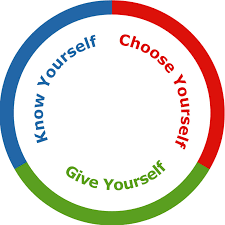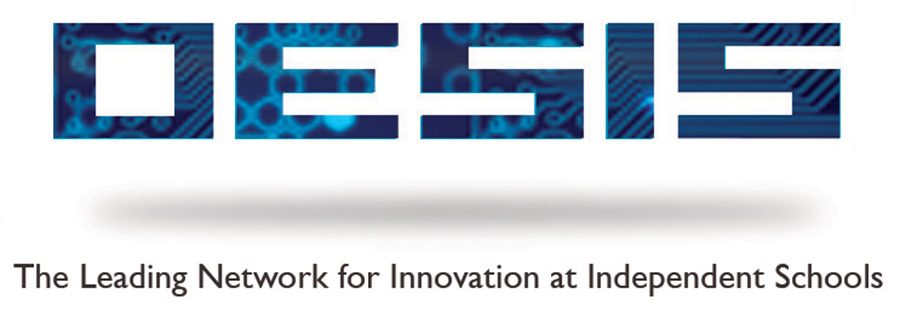
Estimated time to complete module 1: 60 minutes
Before we explore each competency individually, let’s review them as a whole, as well as what it means to work on emotional intelligence (EQ) awareness with ourselves and with students.
The Six Seconds model turns emotional intelligence theory into practice for your personal and professional life.

The Six Seconds model of EQ-in-Action begins with three important pursuits: to KNOW YOURSELF and become more aware (noticing what you do), to CHOOSE YOURSELF and be more intentional (doing what you mean), and to GIVE YOURSELF and be more purposeful (doing it for a reason).
 |  |  |
| Clearly seeing what you feel and do. | Doing what you mean to do. | Doing it for a reason. |
| Emotions are data, and the eight skills allow you to accurately collect that information. | Instead of reacting “on autopilot,” these skills allow you to proactively and intentionally respond. | These skills help you put your vision and mission into action so you lead with purpose and with full integrity. |
Six Second’s basic model “KCG” or “Know, Choose, Give,” is simple and easy to begin putting in action. It’s also powerful to consider the three dimensions in other ways, the “What, How, Why”, for example:
- KNOW is about the past — WHAT we’ve learned.
- CHOOSE is about the present — HOW we’re reacting based on what we’ve learned.
- GIVE is about the future — WHERE we’d like our responses to lead.
- KNOW is about the PLAN — the approach we’ve established.
- CHOOSE is about the JOURNEY — the action to move forward.
- GIVE is about the VISION — a vision of the destination.
As you explore the model and the modules in Level 1, remember we’re talking about a type of intelligence — a capacity we use to solve problems. At the core, emotional intelligence is something to be.
This remainder of this course is organized into a series of modules that cover the eight competencies comprised in the three pursuits.
![]()
- Module 2: Enhance Emotional Literacy
- Module 3: Recognize Patterns
![]()
- Module 4: Apply Consequential Thinking
- Module 5: Navigating Emotions
- Module 6: Engage Intrinsic Motivation
- Module 7: Exercise Optimism
![]()
- Module 8: Increase Empathy
- Module 9: Pursue Noble Goals
WATCH this video about the practice:
![]() How do you put Emotional Intelligence into ACTION? | Six Seconds (5.33 minutes)
How do you put Emotional Intelligence into ACTION? | Six Seconds (5.33 minutes)
How do you put emotional intelligence into action? It’s as simple as the 3 step process! This simple and clear model will help you understand how you can put emotional intelligence into action and will provide a shared framework for your organization. Learn more about the model here. Unlike Six Seconds, most emotional intelligence models do a pretty good job at defining the concept, but they don’t really help you actually use emotional intelligence in your everyday life.
By being more emotionally intelligent, smarter with feelings, you will more accurately recognize emotions in yourself and others. This data will help you make decisions and craft effective solutions to the “life puzzles” you face each day. This is a lifelong skill to develop and use.
Cognitive intelligence on its own is not predictive of longitudinal success (Heckman & Kautz, 2012). Rather, the preponderance of research argues for the development of one’s emotional intelligence in addition to cognitive intelligence (Lam & Kirby, 1999). How will you use your EQ? We want you to put your EQ in action — hence the verbs. The three pursuits — and the eight skills/competencies — are actions that will support you in making positive change.
Essential Questions for this course:
- Why are relationships such a key ingredient in effective learning?
- How do EQ skills help build essential relationships that make learning effective?
- How can we, as educators, model social-emotional learning (SEL), measure it, and integrate it into the culture of our classroom and school?
- Why is SEL important? What are the experiences we want for students and for teachers that support education?
- What are the essential practices for social-emotional learning (SEL)?

